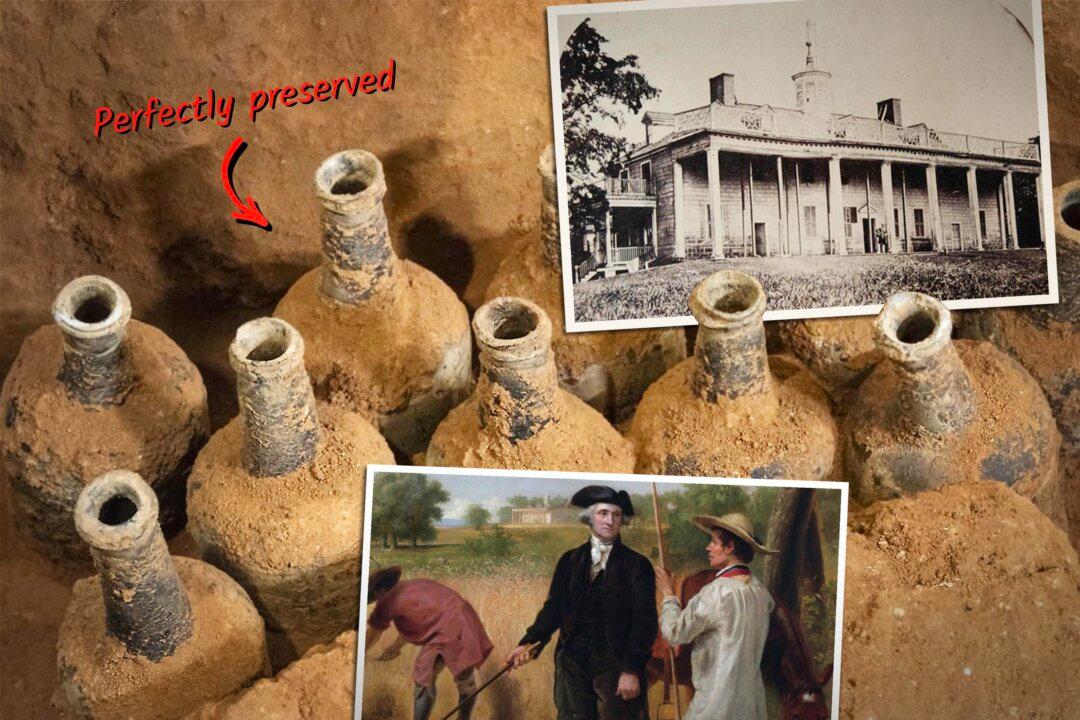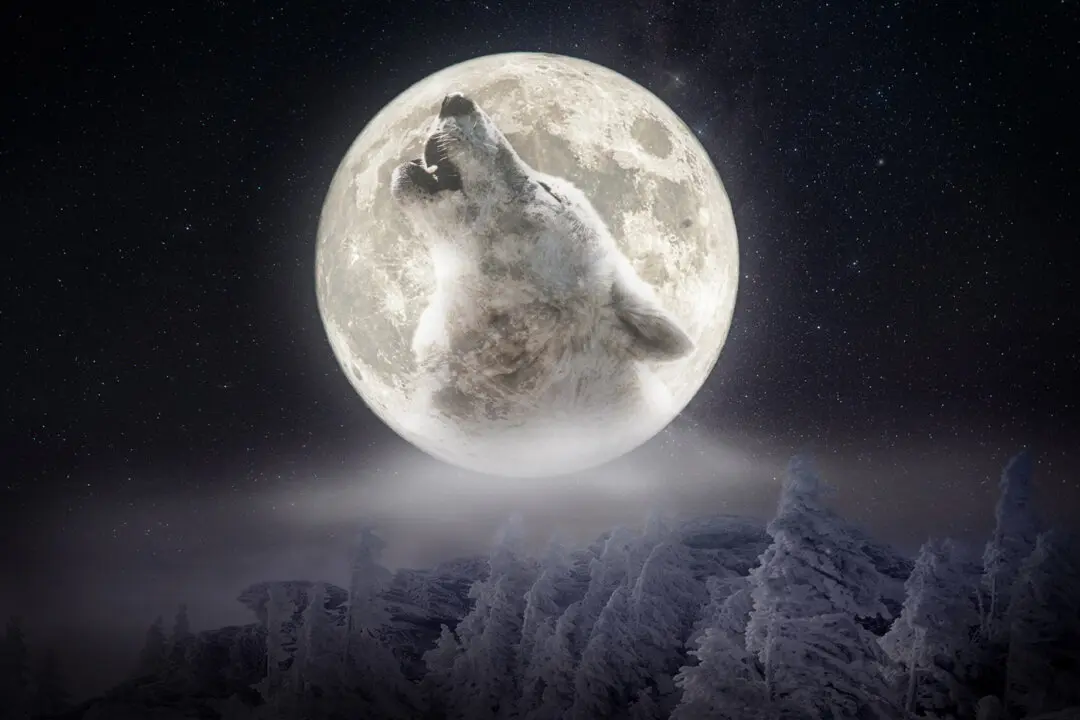The leopard skin saddle padding owned by George Washington is tangible and real, and you could have owned it until it was auctioned in May. The “wooden” teeth that fit in his jawbone weren’t really made of wood, as myth held, but you can still see his dentures at his historic Mount Vernon estate. Washington’s war tent—his office and sleeping quarters during the Revolution—still stand in a Museum on South 3rd Street, Philadelphia.
Some of the larger-than-life tales of America’s first President live on in the objects and artifacts he owned; some bring the towering man down to earth and closer to home.






